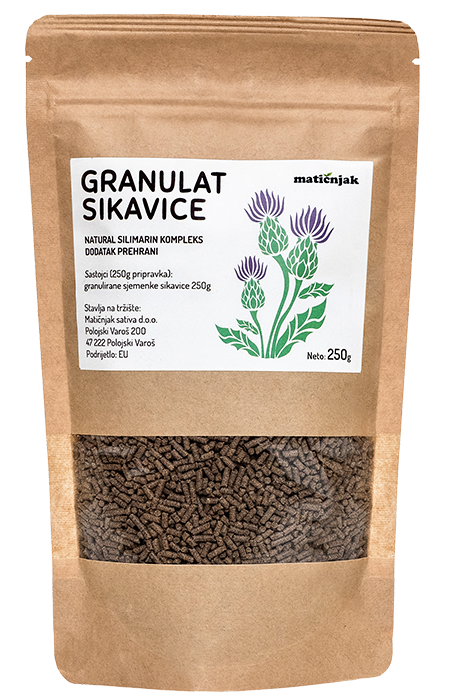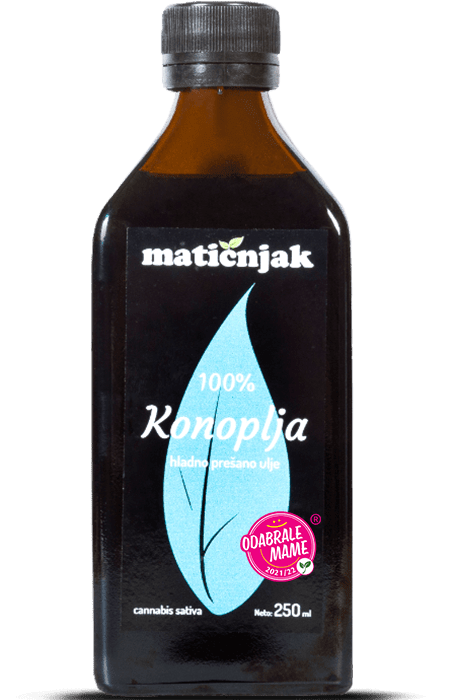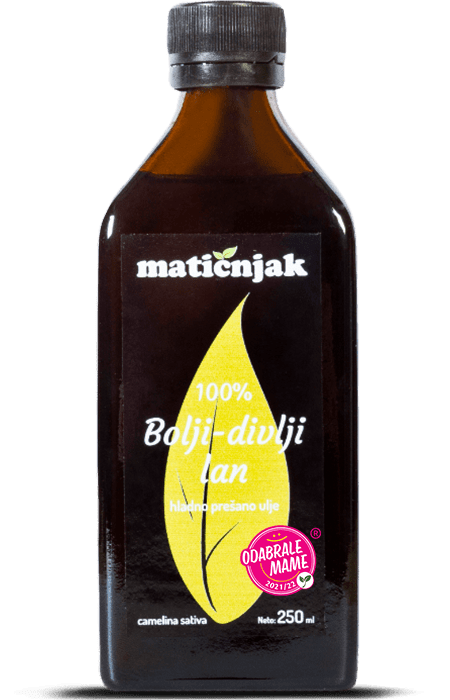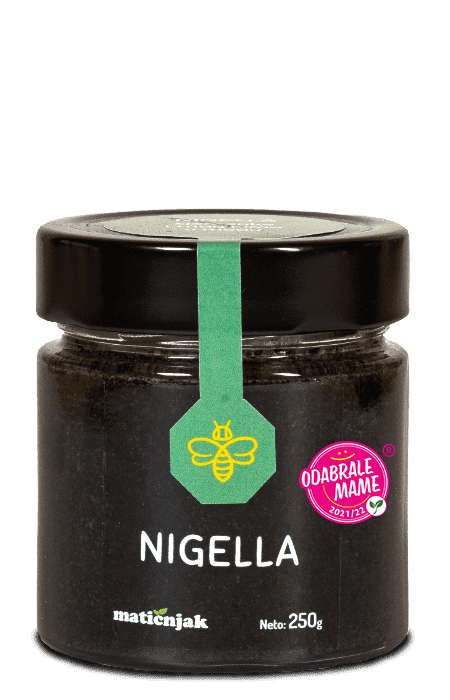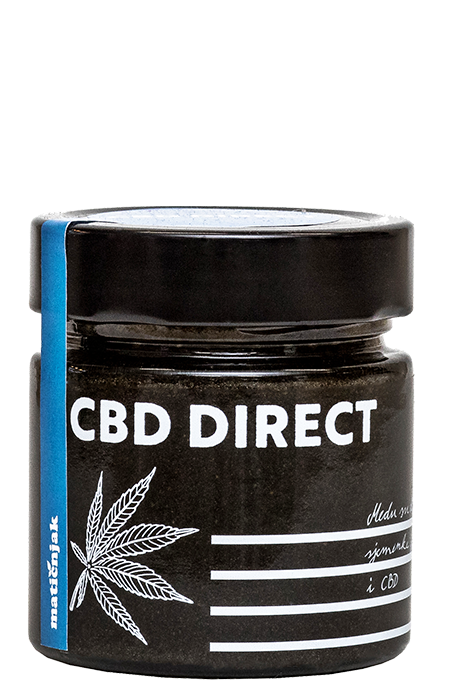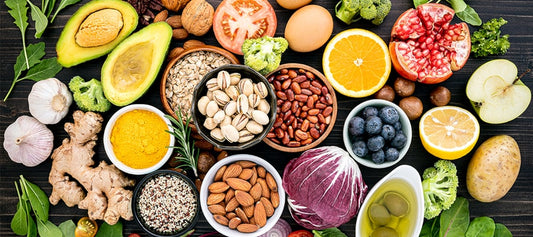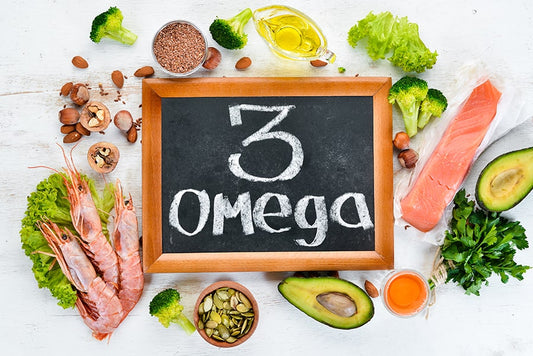The corona infection threatened to destroy our entire healthcare system in a short time, not only in Croatia but throughout the world. Every politician gave his opinion about corona and the whole medical establishment was mobilized in the fight against this powerful infection. The media has constantly reported on the progress of the fight against corona and it has become a central topic in many shows.However, there is a condition that is equally devastating to our health and the functioning of the health system and it seems that no one cares about it.
This condition is a 'silent' inflammation.
What exactly does silent inflammation mean?
Inflammation is critical to our survival in a hostile world. Without a strong inflammatory response, they would quickly die from microbial attacks or injuries that never healed. However, there are two different types of inflammation. One type is "classic" inflammation, which is usually associated with pain. This type of inflammation can also be the result of the constant warfare of an overactive immune system that is constantly on so the body is attacking itself. This is exactly what happens in the case of autoimmune diseases such as rheumatoid arthritis or irritable bowel syndrome.
On the other hand, silent inflammation differs from classical inflammation in that it is below the threshold of perceived pain. As a result, no action is taken to stop it, and it lingers for years, if not decades, causing ongoing damage to the heart, immune system, and brain. This continued inflammation often results in heart disease, cancer and Alzheimer's disease.
Silent inflammation can be considered "silent pain" because the immune system continues to attack at the cellular level, but without the perception of pain. Like free radicals, the existence of silent inflammation is not a disease, but merely an indication of impending health problems.
What causes inflammation?
All inflammation is ultimately triggered by a group of hormones known as eicosanoids. These hormones are derived from long-chain essential fatty acids and can be modified by dietary interventions. Although the search for anti-inflammatory drugs has been a goal of medicine since recorded history, very few progress achieved in measuring types of inflammation, except asking the patient how much something hurts.
For years, it was not possible to even discuss silent inflammation, let alone reverse it, until appropriate clinical markers were established. The first of these markers was C-reactive protein-CRP. This is a relatively nonspecific marker of low-level chronic inflammation since it can increase dramatically with any type of infection. The actual silent inflammation occurs long before the appearance of C-reactive protein. Therefore, it is crucial to stop silent inflammation at the cellular level.
A new, much more powerful clinical marker of silent inflammation has been developed to measure this type of silent inflammation. These include the ratio of the long-chain omega 6 fatty acid arachidonic acid (AA) to the long-chain omega 3 fatty acid eicosapentaenoic acid (EPA) in isolated plasma phospholipids. The AA/EPA ratio in the blood provides precise insight into the balance of pro-inflammatory eicosanoid precursors (derived from AA) and anti-inflammatory eicosanoids (derived from EPA) in each of the 60 trillion cells in the body.
The balance of these eicosanoid precursors determines the actual extent of silent inflammation in the body. Using this more sophisticated clinical marker (AA/EPA ratio), more than 50% of Europeans have high levels of silent inflammation, including millions of children.
Failure of anti-inflammatory drugs
If silent inflammation is so important in accelerating chronic disease, why not just take anti-inflammatory drugs for life?
Anti-inflammatory drugs (aspirin, NSAIDs, and corticosteroids) all stimulate (inhibit) the production of pro-inflammatory eicosanoids, and the end result is a permanent imbalance in eicosanoid production.. Simple the answer to why this approach is not fruitful is because of the increased mortality. Every day more people die with the correct dose of anti-inflammatory drugs than from AIDS.

Reducing silent inflammation with food
Everything is in balance. Quite simply, AA and EPA must be in the ideal ratio in the body to counteract silent inflammation. Whether it is increasing EPA or decreasing AA with nutritional interventions and/or diet. One of the primary causes of silent inflammation is increased body fat. People tend to think of stored body fat as inert. Unfortunately, stored fat is a very active source of silent inflammation. As the glycemic load of the diet increases, more insulin is secreted. This in turn activates an enzyme (delta 5 desaturase), which produces AA. This same excess insulin accelerates the storage of excess body fat, in which excess AA is deposited again. As AA levels increase in fat cells, more inflammatory mediators are produced a the end result is an increase in systemic inflammation that started with an increase in silent inflammation in adipose tissue. Therefore, the current obesity epidemic is in reality an epidemic of silent inflammation.
The only way to reduce excess body fat is to simultaneously reduce insulin and empty calories, but without causing hunger.
The food that extinguishes silent inflammation is:
- Healthy fats from fish, cold-pressed hemp , walnut or wild flax oil
- Polyphenols from fruits and vegetables (berries, apples, spinach, Swiss chard, broccoli, kale, legumes and vetches)
- Black cumin - thymoquinone
- Edible hemp - CBD
- Turmeric
- Ginger
- Sesame
- Fibers
- Complex carbohydrates
Foods that will undermine your effort to get rid of silent inflammation:
- Fatty red meat
- Highly processed foods: pastries, doughnuts, figs, chips, ready-made sauces, juices, ready-to-eat foods, refined oils and other cheap vegetable oils
- Egg yolks
Ignoring silent inflammation
Relying on the strategy of 'eat less and exercise more' is not enough because the problem of silent inflammation and obesity is far more complex. Too much omega-6 fatty acids (AA) in the diet promotes inflammation, while omega-3 fatty acids reduce inflammation. People need a balance of omega-6 and omega-3 in a one-to-one ratio just as it was before the strong development of the food industry, not the current ratio of 20 to one.
Large, growing body of scientific research supports the best strategy based on food and supplements for controlling inflammation, thereby reducing the frequency and severity of many chronic diseases. The costs and benefits of promoting such strategies are enormous. The healthcare system of every country, especially Croatia, would breathe much easier if individuals knew how to use the correct mechanisms to protect their health. We call on nutritionists to hold panels, health discussions, lectures, round tables on this topic; their voice must be heard more clearly.
🌱 Maticnjak advises: So far you have learned what tools you have in your hands to prevent chronic diseases and sail calmly through life. Our recommendations are to pay attention to the foundations, which are healthy fats, healthy carbohydrates and quality proteins because: "Without solid foundations there is no good house".
Blog 'Signals from Food'
-
What Croats eat and how they eat (Introduction)
-
TRANS fun - white can't (4/6)
-
Inflammation (6/6)
Ivo Bačlija, herbalist, apitherapist
+The information and statements are for educational purposes and should not replace your doctor's advice.
